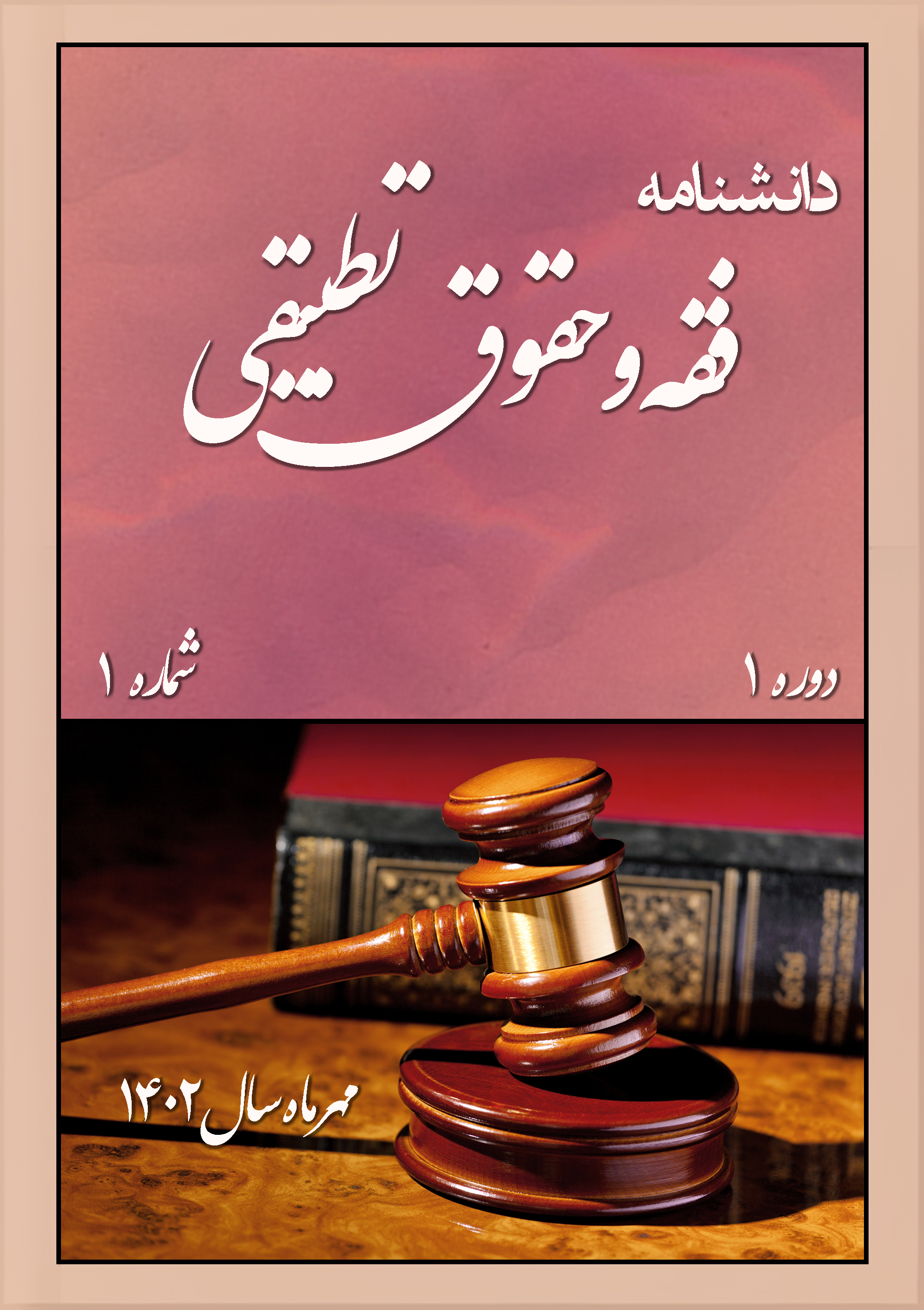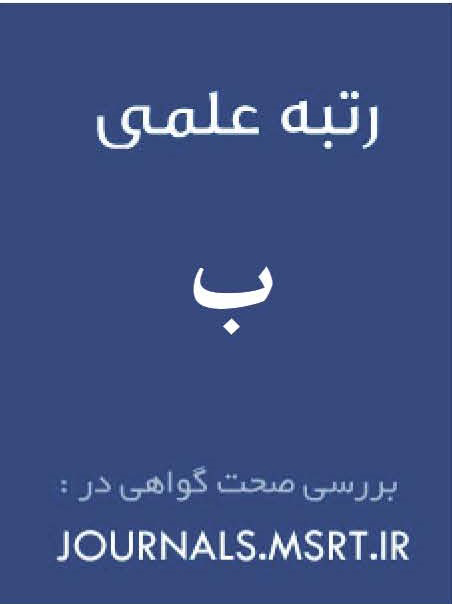مبانی حمایت از آثار فرهنگی، ادبی و هنری و شیوههای جبران خسارت نقض آن در نظام حقوقی ایران
کلمات کلیدی:
مالکیت فکری, حقوق مؤلف, جبران خسارت, حقوق مادی, حقوق معنوی, آثار فرهنگی و هنریچکیده
در جهان امروز، آثار فرهنگی، ادبی و هنری از جایگاهی فراتر از محصولات صرفاً هنری برخوردارند و بهعنوان جلوههایی از خلاقیت انسانی، هویت فرهنگی و سرمایه فکری، نیازمند حمایتهای حقوقی ویژهاند. مقاله حاضر با روش تحقیق توصیفی - تحلیلی، به بررسی مبانی نظری حمایت از این آثار در نظام حقوقی ایران پرداخته و نشان میدهد که نظریههایی چون نظریه شخصیت، نظریه کار و نظریه حمایت از انتشار دانش نقش اساسی در توجیه و شکلدهی به قواعد مالکیت فکری دارند. بر پایه این مبانی، قانونگذار ایرانی در قوانینی چون قانون حمایت حقوق مؤلفان، مصنفان و هنرمندان (1348) و قانون ترجمه و تکثیر کتب، نشریات و آثار صوتی (1352) کوشیده است تا حقوق مادی و معنوی پدیدآورندگان را تضمین نماید. در ادامه، مقاله به بررسی شیوههای جبران خسارت ناشی از نقض این حقوق در نظام حقوقی ایران میپردازد. این شیوهها شامل پرداخت خسارت مالی، توقیف و جلوگیری از انتشار آثار نقضشده، اعاده وضعیت سابق، جبران معنوی و ضمانتهای کیفری است. با وجود تلاشهای قانونگذار، مقاله نشان میدهد که برخی کاستیها، از جمله نبود رویه قضایی منسجم در زمینه جبران خسارت معنوی، ضعف در ضمانت اجراهای مدنی، و فقدان نهادهای تخصصی حل اختلاف، چالشهایی جدی در حمایت مؤثر از آثار فرهنگی و ادبی در ایران ایجاد کردهاند. در پایان، پیشنهادهایی برای اصلاح و ارتقای نظام حمایت و جبران خسارت، با رویکردی منطبق بر تحولات بینالمللی، ارائه شده است.
دانلودها
مراجع
Ansari, B. (2007). Requirements for Copyright Protection under Literary and Artistic Property Law. Legal Research Journal(45).
Barikloo, A. (2017). Civil Liability. Mizan Publishing.
Barikloo, A., & Nasr Abadi, M. (2016). Legal Enforcement of Copyright Infringement in Iranian and Common Law Systems. Comparative Law Quarterly, 1(101).
Bird, & Bird. (2016). Copyright Damages for Moral Prejudice. https://www.twobirds.com/en/insights/2016/uk/ip-and-it-law-bytes-may/copyright-damages-for-moral-prejudice
Fathi, M. J., & Karamati Mo'ez, H. (2024). Legal and Criminological Analysis of Apology for Moral Damages Arising from Crime. Applied Criminology Research, 2(5).
Fromer, J. C. (2009). Claiming Intellectual Property. The University of Chicago Law Review, 76(2), Article 3.
Hegel, F. (2001). Philosophy of Right. Batoche Books.
Hekmatnia, M. (2010). Civil Liability in Imamiyyah Jurisprudence: Foundations and Structure. Islamic Sciences and Culture Research Institute.
Hekmatnia, M., & Mohammad Isaee, T. (2004). Civil Liability Arising from Damage to Intellectual Property. Name-ye Mofid, 10(43).
Hekmatnia, M., & Movahedi Savuji, M. (2006). The Role of Theoretical Foundations in Understanding and Defining the Intellectual Property System. Islamic Law Quarterly, 2(8).
Himma, K. (2005). Justifying Intellectual Property Protection: Why the Interests of Content-Creators Usually Win Over Everyone Else’s. https://doi.org/10.2139/ssrn.840584
Katouzian, N. (2007). Civil Law: Non-Contractual Obligations; Tort Liability (Vol. 1). University of Tehran Press.
Khedmatgozar, M. (2023). The Philosophy of Intellectual Property. Mizan Legal Foundation.
Layiqi, G. (2002). Copyright in Advanced Industrial Countries. House of Books.
Netanel, N. W. (2008). Copyright’s Paradox. Oxford University Press.
Radin, M. J. (1982). Property and Personhood. Stanford Law Review, 34(5), 957-1015. https://doi.org/10.2307/1228541
دانلود
چاپ شده
ارسال
بازنگری
پذیرش
شماره
نوع مقاله
مجوز
حق نشر 2025 هوشنگ عبداله زاده; ایرج فرشباف بهنام (نویسنده)

این پروژه تحت مجوز بین المللی Creative Commons Attribution-NonCommercial 4.0 می باشد.









